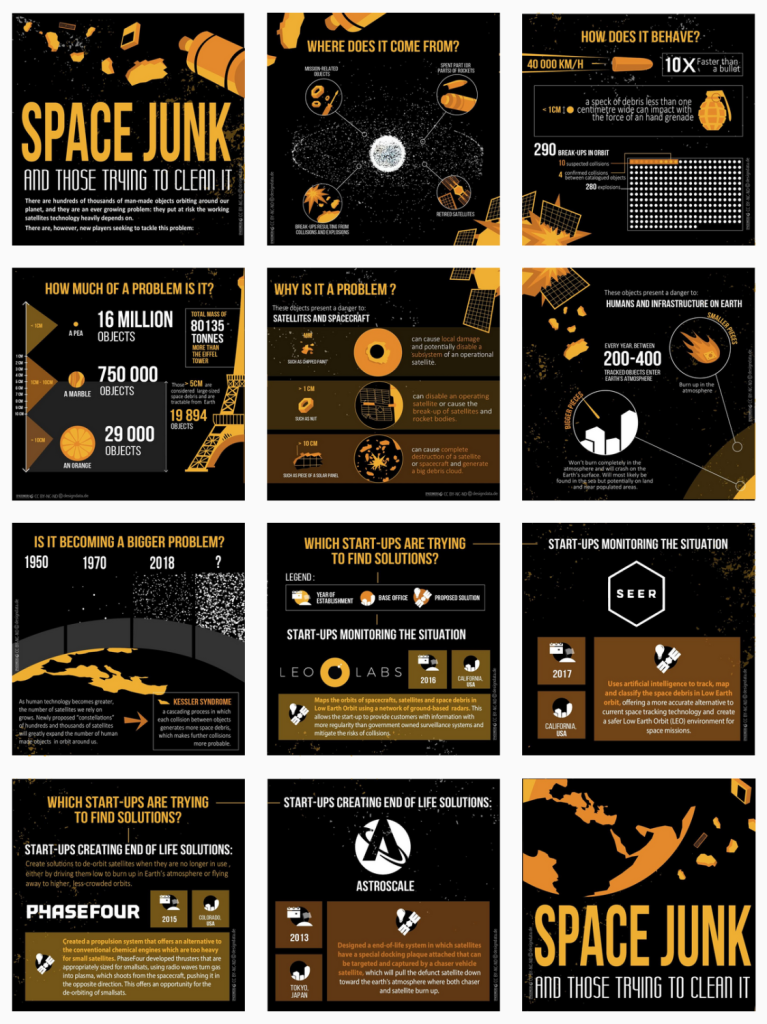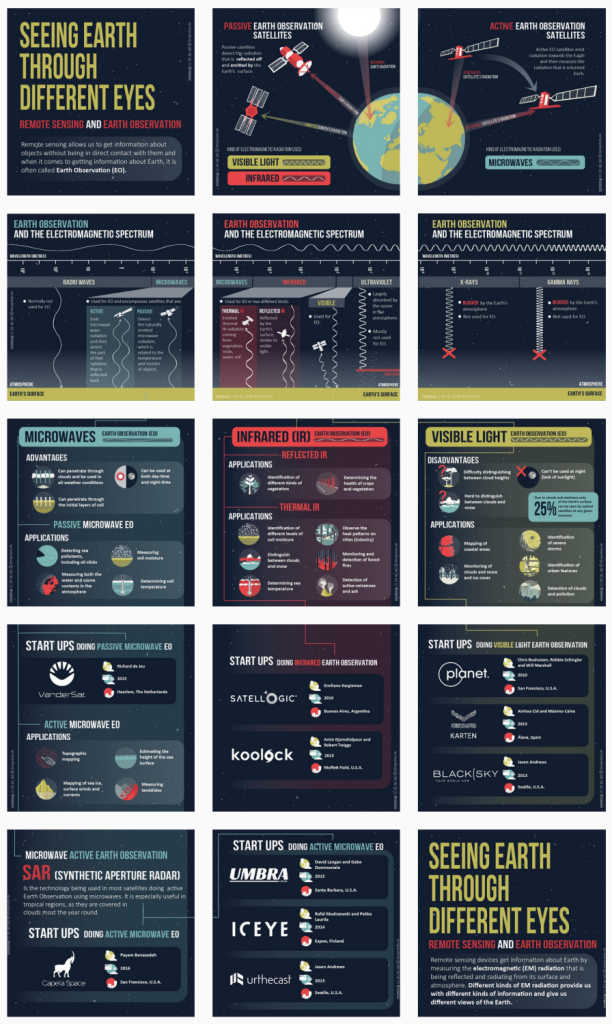Communicating science in meaningful ways can be challenging. The highly technical and complex topics that science orgnaisations and research teams can be difficult to explain to audiences who lack a scientific or technical background. Effective science communication involves putting complex information into simpler terms that can be understood and accessed by a broad range of target groups, from policy makers to business stakeholders, the media, and the general public. Here are five essential tips to help improve your science writing and communication.
1. Make Your Content Understandable
The cardinal rule for effectively communicating science is to ensure your content is understandable. Putting too much concentration on highly technical terms or regurgitating facts and figures can turn potential readers away. Instead, break down your content into smaller, easily digestible chunks of information and use simple explanations to highlight the importance of the information you want to communicate.
For example, we produced an infographic on the topic of Space Junk and Those Trying to Clean It, a topic that is unfamiliar to many potential readers. To ensure that the content was understandable and accessible, we broke down the information into simple pieces of information using a logical narrative structure and simple terminology that explained what space junk is, where it comes from, and how the problem is being addressed.

2. Know Your Intended Audience
One of the most effective standards of effective science communication is knowing your intended audience. While the information you want to convey will remain the same, how you convey it will depend on who you want to read it. For example, policy makers want to know how your research and findings can improve legislation. The press and media want to know what was important and how it is different to what has been done before. Investors want to know whether their contributions will yield a high return. If you are writing for a journal or publication, then your writing will need to involve more academic language and complicated terminology. Before you begin writing, it is important to identify your audience and choose and approach that will tailor your writing to that audience’s unique interests.
For our animated video series, The Adventures of Rosetta and Philae, the European Space Agency wanted an explainer video that conveyed information about the Rosetta asteroid mission that could be accessible by all audiences. To achieve this, we chose a narrative structure similar to those of fairytales, using simple and concise language paired with a hand-drawn style of animation. This allowed us to present the important information of the mission, but in a way that was understandable and accessible by audiences of all backgrounds, interests, and age groups.
3. Start with the Most Important Information
When you are ready to start writing, always begin with the most important information. In journal publications and conferences, most scientific reports and papers provide their key findings and takeaways at the end of the paper. However, audiences such as stakeholders, investors, the media, and the public usually want the most important information to come first. Today, most readers do not have the time or the attention spans to devote to lengthy research papers. Similar to the inverted pyramid style popularised by news writing, offer your key points first and follow them with any relevant supporting details.
For our infographic Seeing Earth Through Different Eyes, we communicated complex scientific topics surrounding remote sensing and Earth observation. We first provided an introduction to remote sensing and the three types of electromagnetic radiation that is used to observe the Earth. This was followed by supplemental details about the electromagnetic spectrum and a series of advantages and disadvantages of each, providing the information from broad main points to more detailed information.

4. Use Appropriate Language and Tense
When writing about scientific topics, it is important to use an appropriate level of language for the information you want to communicate. Scientific papers, presentations, and publications, commonly include acronyms, initialisms, abbreviations, and technical terminology. While these language constraints my work for these types of writing, they may not be applicable to readers beyond high-level sources. To make your content more accessible, avoid using technical jargon wherever possible. However, if you need to use certain terminology, make sure these terms are adequately explained in easy-to-understand terms. It is also good to consider using the active voice and present tense in your writing. This helps make your writing more engaging and keep your meaning clear.
For the Copernicus Ocean State Report 6, the implementing body Mercator Ocean International wanted to convey detailed information about the changing state and climate of the ocean and make it applicable to both policy makers and the general public. To ensure the information was accessible, we developed clear, succinct, and carefully tailored text content to present complex oceanographic data while steering clear of technical jargon, abbreviations, and acronyms wherever possible.
5. Focus on the Bigger Impact
When communicating science, it is essential to bring your discussion back to the big picture. Conveying information for its own sake can quickly become lost if audiences cannot understand why the information is important. Focusing on how your research can benefit or influence people’s everyday lives, such as financial, political, educational, or health-related, can make your content relatable to most audiences, regardless of whether they understand the nuances of your research.
For a promotional video we created for the WEFE Nexus Ness consortium, we chose to focus on the organisation’s big picture impacts instead of the specific, technical work they do. Using collective terminology such as “we”, “our”, and “together”, we achieved an audience-centric focus, putting each viewer at the centre of how the Nexus Ness project could impact their accessibility to food, water, energy, and safe ecosystems.
When it comes to improving your science writing, these communication tips can make a considerable difference. Some of these are more specific to science writing, such as focusing on the bigger impact and using appropriate language and tense, while the others are more general tips that can be applied to most writing types. However, to ensure your science writing is able to reach your intended audience with the meaning you want, it is important to write clearly and know how to approach your topic in the best possible way.

